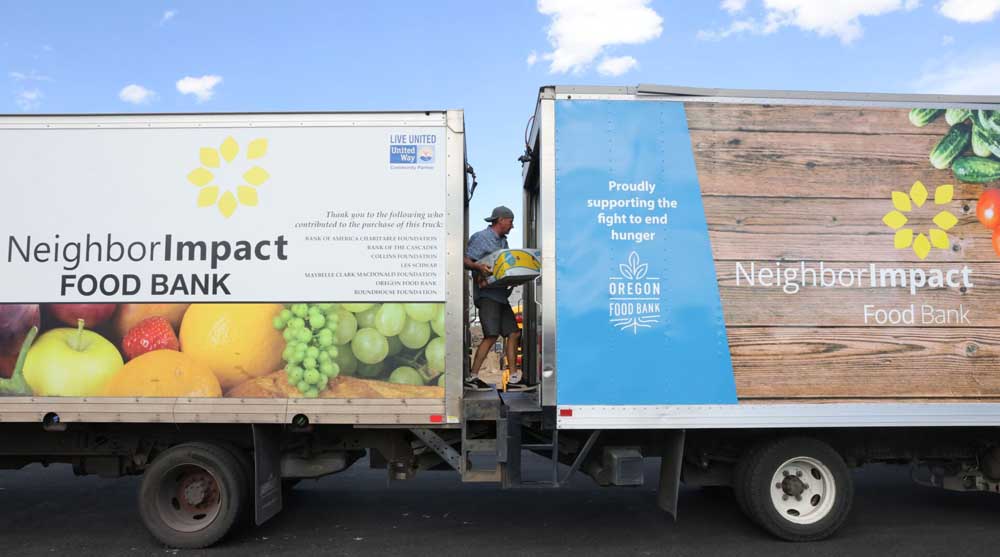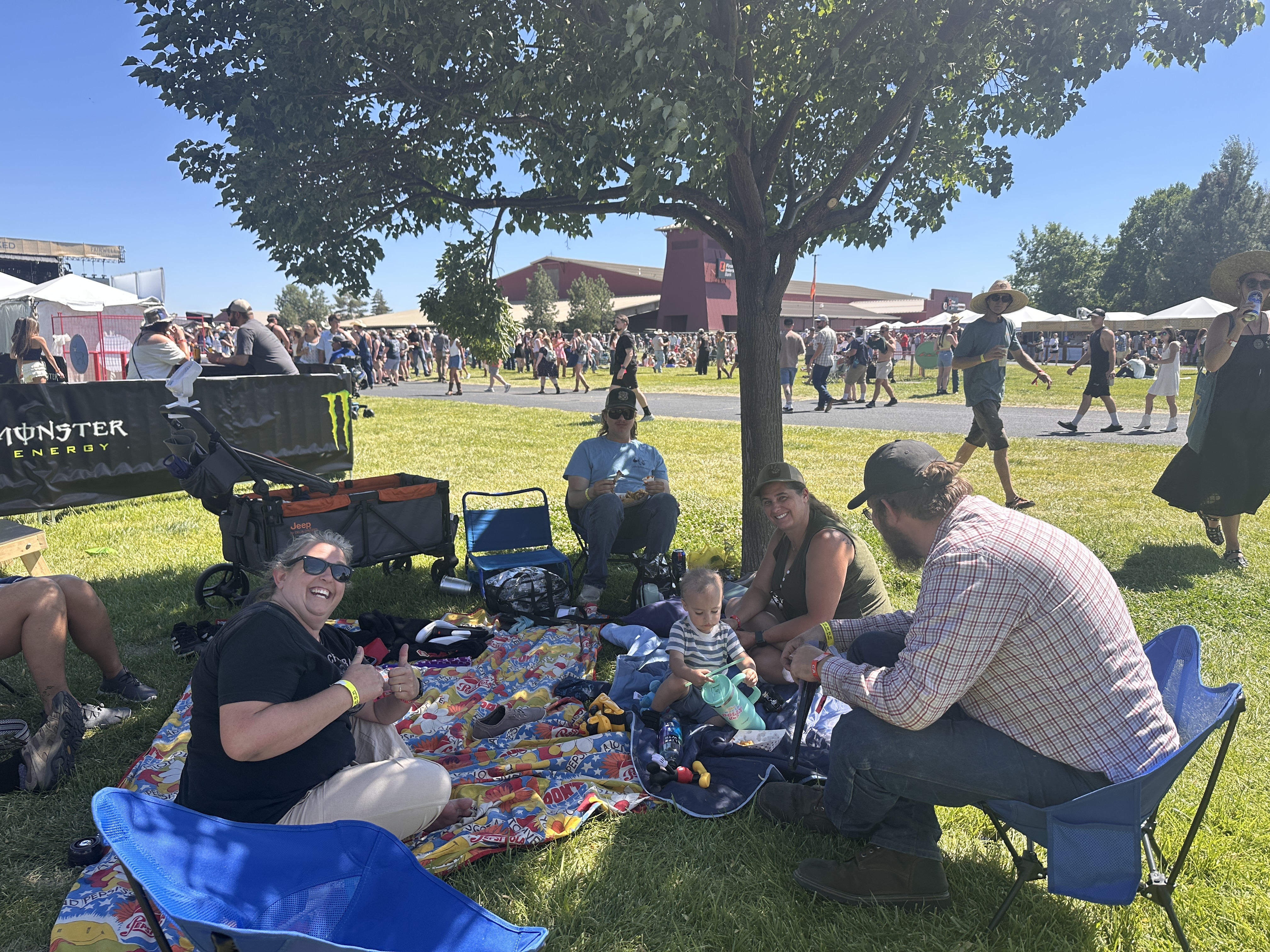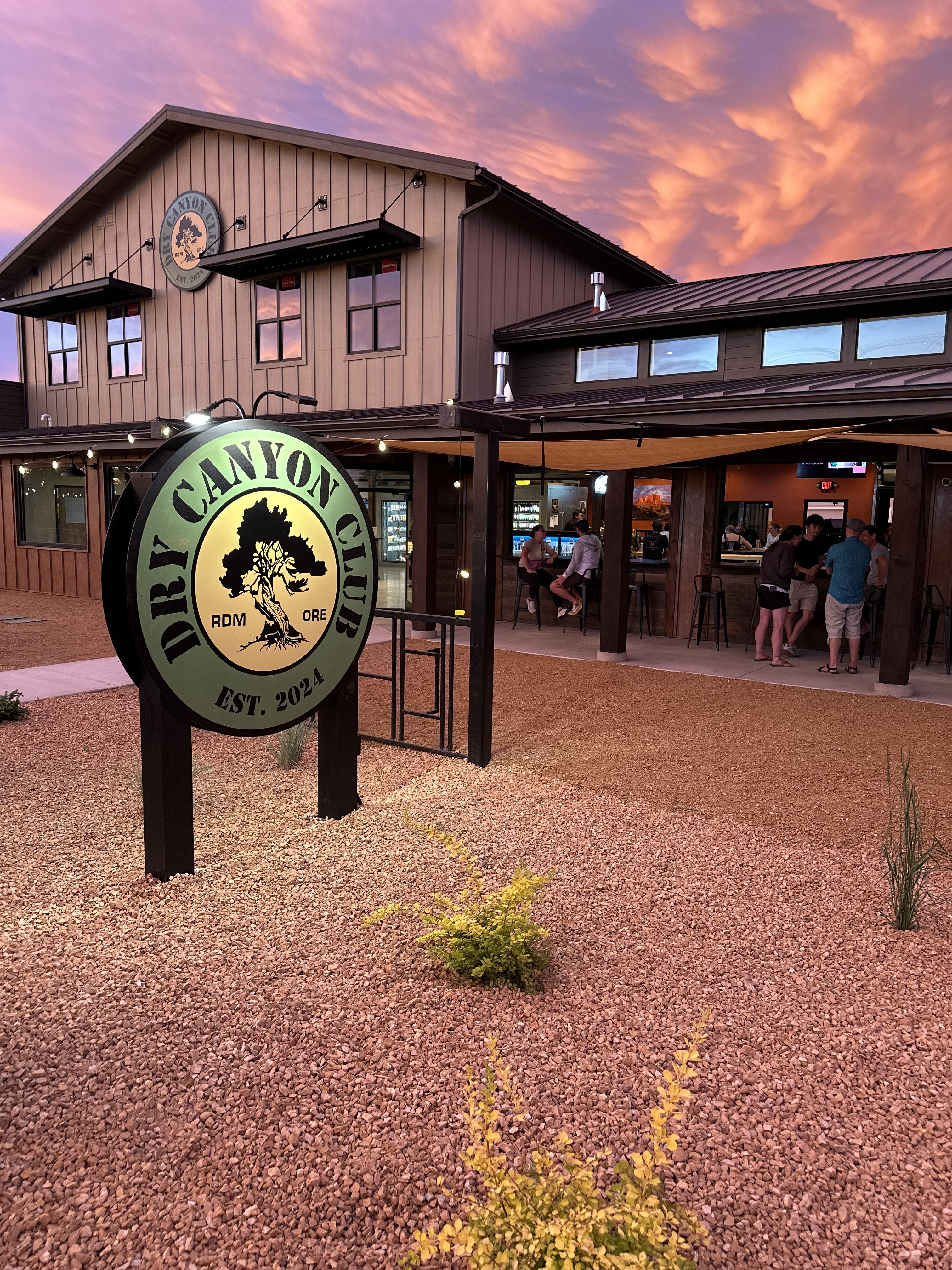Food assistance cuts loom as demand rises in Central Oregon
Published 4:00 pm Tuesday, April 1, 2025

- Reed Wilson transfers food from one NeighborImpact truck to another at NeighborImpact’s new warehouse in Redmond.
NeighborImpact, which provides food to nearly 60 partner organizations in the Central Oregon area, has told its partners to expect up to 20% reductions in food aid for hungry families in the coming months.
Trending
The U.S. Department of Agriculture has issued a payment freeze to the Commodity Credit Corporation programs, which has since closed food bank orders through July. Shipments of food from the Emergency Food Assistance program have been cut, including meat, dairy and eggs. Reductions are happening at the same time demand is rising, said Scott Cooper, NeighborImpact’s executive director.
“We’ll be limited more to produce in the future than we will to those staples that are really important to people. And remember, we are feeding 73,000 people a month,” said Cooper. “We get an enormous amount of food from commodities … It’s an enormously important program for reducing waste, because that food would otherwise go to landfills, (and) for stabilizing agricultural markets, which keeps the cost of food down and for making sure that people are fed. The numbers that have been utilized in the food bank have been going up on a very rapid basis. We are now feeding one in four Central Oregonians every month.”
Cooper said he expected these losses would be felt immediately. Food from the agriculture department through the Commodity Credit Corporation programs is distributed to Feeding America, which goes to Oregon Food Bank, which distributes it to NeighborImpact. That agency, a regional community assistance nonprofit, in turn distributes food to its 59 food partners in Central Oregon. Food from the Commodity Credit Corporation programs makes up 13% of NeighborImpact’s food supply, though that number varies, Cooper said.
Trending
The NeighborImpact board of directors visited congressional offices earlier in March to warn them of the approaching problems. Cooper said U.S. Sen. Jeff Merkeley’s office is putting together a joint letter telling the agriculture department how much this will hurt Oregonians and that the freeze needs to end.
“We’re working with legislators to try and increase state funding for food supply in anticipation of a difficult environment for feeding people. We’ve had some positive response to that. It’s our No. 1 priority in the legislative session,” said Cooper. “We’re just simply not able to replace half a million pounds of food, which is what it means in Central Oregon … There’s not enough capacity in churches and charities to do that.”
NeighborImpact’s partner agencies include The Giving Plate, St. Vincent de Paul and others. There is no test for eligibility, except for programs like Meals on Wheels via the Council on Aging, which serves seniors. NeighborImpact receives food from the Oregon Food Bank, local grocery stores and more. The agency has recently begun purchasing food for the first time due to rising demand, said Cooper, which is a strain on the budget and reduces funding for operations.
“Household budgets, especially for working class folks, simply will not support the cost of rent and the cost of childcare and the cost of everything else, rising food prices, and there’s just not enough money left at the end of the month. People are, smartly, padding their budgets by trying to pick up food wherever they can,” said Cooper. “This makes sure people have good nutrition. Giving people food in order to stabilize economic situations goes back to pre-biblical times. It’s not exactly a new idea. It’s really core.”
Cooper said NeighborImpact’s new food warehouse in Redmond has been helpful for stockpiling food, especially in the wake of the agriculture programs being paused. It is also difficult to know how new tariffs could affect food banks, said Cooper. During the first Trump administration’s tariffs, Cooper said, some farmers didn’t have markets for their crops and food banks were given excess food through the commodity program. He’s unsure what will happen this time.
One quarter of the total funding NeighborImpact distributes is federal funding and is potentially at risk, he said.
“Any time people’s household budgets are suffering in any way, it increases pressure on our programs, whether they want housing assistance, they want food assistance, they need energy assistance, they need education for children…All those things come back to us,” said Cooper. “It wouldn’t necessarily have to be a cut to our programs, it would be a cut to somebody else’s programs that increases pressure on us to try and serve a population we’re already undeserving because there’s never been enough resources for need.”
Gov. Tina Kotek used to work for Oregon Food Bank. She met with the Secretary of Agriculture earlier this year, she said, and is making sure her concerns are heard about the cuts.
“These are food commodities purchased from American farmers that then go to food banks,” she said. “It’s a big deal when the federal government cuts off food…We are tracking, we are monitoring, we are asking all the questions we can and frankly there’s still a lot of confusion about what that impact is going to be.”
Oregon Food Bank
The Commodity Credit Corporation programs make up 18% of the food that flows from the Oregon Food Bank, according to officials. As of Thursday, 30 truckloads of food, which is more than 1.4 million pounds of food, for the Oregon Food Bank have been canceled due to the funding freeze. The Oregon Food Bank is expecting an additional 60 food trucks this year but is unsure if they will arrive, said officials.
“This freeze will disrupt an essential food source and worsen the already difficult situation for many in our state who rely on emergency food programs. We are still waiting for clarity on how long it will last and how this may affect future food assistance programs in Oregon,” wrote Morgan Dewey, media and engagement manager for the Oregon Food Bank, in a statement. “If allowed to continue, the impacts of this freeze will be felt by those most vulnerable — families, children, seniors, and individuals living on the margins. We urge decision-makers to work quickly to restore funding and ensure that critical food assistance programs continue to serve those who need it most.”
The agriculture department also recently cut two programs that provide schools and food banks local healthy food from farms. Congress is also discussing making cuts to the Supplemental Nutrition Assistance Program, also known as food stamps.
Reporter: narellanosummer@bendbulletin.com, 541-383-0325








